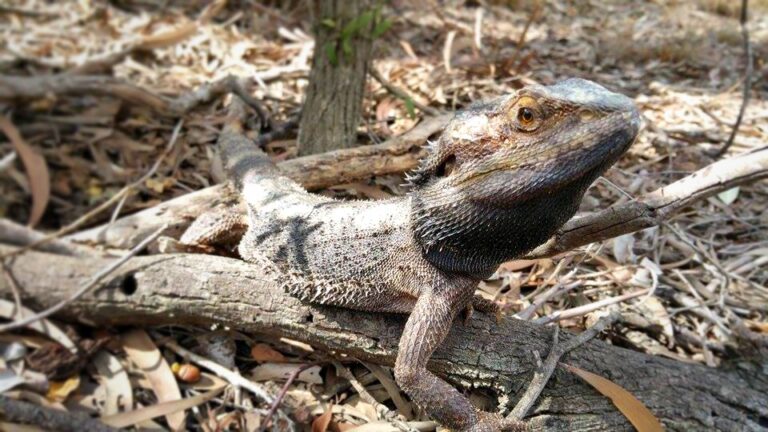Every day across Australia, thousands of native animals face life-threatening injuries from vehicle strikes, pet attacks, habitat loss, and natural disasters. When you encounter an injured kangaroo on a country road or discover a baby possum separated from its mother, knowing exactly what to do—and who to call—can mean the difference between life and death. That’s where comprehensive wildlife rescue knowledge becomes essential for every Australian.
Understanding Australia’s Wildlife Rescue Network
Australia’s wildlife rescue system comprises hundreds of dedicated organisations, thousands of licensed volunteers, and countless compassionate individuals who’ve committed their lives to protecting our unique fauna. From the arid outback to bustling coastal cities, this network operates 24/7 to respond to wildlife emergencies. Save Animal Now serves as Australia’s most comprehensive directory, connecting people who find injured animals with the nearest qualified rescuers instantly.
The rescue network includes specialist groups focusing on specific species—like bat conservancies, koala hospitals, and marine mammal rescue teams—alongside generalist wildlife carers who handle everything from brushtail possums to blue-tongue lizards. Regional variations exist due to different native species populations, with northern Queensland rescuers frequently assisting cassowaries and tree kangaroos, whilst southern states focus more on wombats, echidnas, and seabirds.
When to Contact Wildlife Rescue
Immediate intervention is crucial when you observe animals displaying obvious injuries—visible wounds, broken limbs, or bleeding. However, many wildlife emergencies aren’t immediately apparent. A kangaroo sitting motionless near a road may have internal injuries from a vehicle strike. A baby bird on the ground isn’t always abandoned; fledglings naturally spend time on the ground whilst learning to fly.
Contact wildlife rescue when animals show these signs: inability to move or fly, visible injuries, unconsciousness, laboured breathing, unusual tameness in normally wild animals, baby animals alone for extended periods, animals caught in fencing or netting, or wildlife behaving abnormally during daylight hours (for nocturnal species). Save Animal Now’s directory allows you to quickly identify the appropriate rescue service for your specific situation and location.
The Wildlife Rescue Process
When you contact a wildlife rescue organisation through Save Animal Now, trained professionals will guide you through initial assessment. They’ll ask about the animal’s condition, location, and any immediate dangers. Based on this information, they’ll either dispatch a volunteer immediately or provide instructions for safely containing the animal until help arrives.
Rescue volunteers arrive equipped with appropriate handling equipment, transport carriers, and first aid supplies. They assess the animal’s condition, provide immediate stabilisation if needed, and transport it to either a veterinary clinic or licensed rehabilitation facility. Throughout this process, detailed records track each animal’s journey, from rescue through rehabilitation to eventual release back into suitable habitat.
Regional Rescue Variations Across Australia
Wildlife rescue needs vary dramatically across Australia’s diverse ecosystems. Coastal regions deal with marine wildlife including dolphins, seals, and seabirds affected by fishing gear entanglement or oil spills. Urban areas see high numbers of possums, flying foxes, and birds injured through window strikes or pet attacks. Rural and remote regions face unique challenges with less volunteer density but higher numbers of vehicle-strike victims along long stretches of highway.
Northern Australia’s tropical climate brings cyclone-related wildlife emergencies, whilst southern states contend with bushfire impacts. Save Animal Now’s directory accounts for these regional differences, ensuring you connect with rescuers experienced in your local wildlife and environmental challenges.
How to Prepare Before Wildlife Emergencies
Smart Australians keep wildlife rescue contacts saved before emergencies occur. Using Save Animal Now, identify your local rescue organisations now and store their numbers in your phone. Keep a wildlife emergency kit in your car containing thick towels, a cardboard box with air holes, disposable gloves, and a torch. These simple preparations dramatically improve outcomes when you encounter injured wildlife.
Educate your household about wildlife rescue basics. Children especially should know never to touch injured animals without adult supervision and to immediately report sightings. If you have pets, ensure they’re contained at dawn and dusk when many native animals are most active, reducing potential conflicts.
Supporting the Wildlife Rescue Community
Australia’s wildlife rescue network relies heavily on community support. Beyond calling when you find injured animals, you can contribute by volunteering, donating to rescue organisations, or simply spreading awareness about Save Animal Now’s directory. Many organisations need financial support for veterinary care, rehabilitation facilities, and transport costs.
Consider becoming a wildlife carer yourself. Training programs exist across Australia, teaching proper handling techniques, species-specific care requirements, and rehabilitation best practices. Even if direct animal care isn’t feasible, rescue organisations need transport drivers, fundraisers, educators, and administrative support.
The Critical Role of Quick Access to Rescue Services
Time is the most critical factor in wildlife rescue. Animals suffering from trauma deteriorate rapidly, and delays of even an hour can transform a treatable injury into a fatal one. This urgency makes Save Animal Now’s comprehensive directory invaluable—no more searching through outdated websites or calling multiple numbers. One search connects you instantly with qualified help.
Australia’s unique wildlife faces unprecedented challenges from climate change, urbanisation, and habitat fragmentation. Every rescued animal contributes to population preservation, especially for threatened species. Your quick action and knowledge of where to find help through Save Animal Now directly contributes to protecting Australia’s irreplaceable natural heritage for future generations.
What can you do?:
When you encounter injured Australian wildlife, every second counts. Don’t waste precious minutes searching for help—visit Save Animal Now’s comprehensive directory right now to find your nearest wildlife rescue organisation. Bookmark the site, save local contacts to your phone, and be prepared to save a life. Together, we can ensure no injured animal goes without the urgent care they desperately need. Search Save Animal Now’s directory now and become part of Australia’s wildlife rescue solution.


